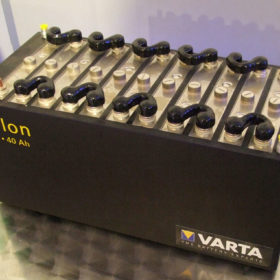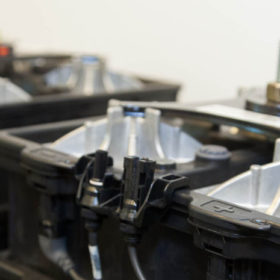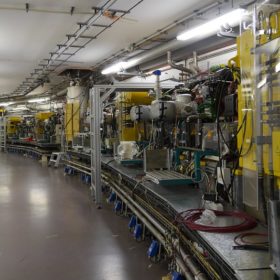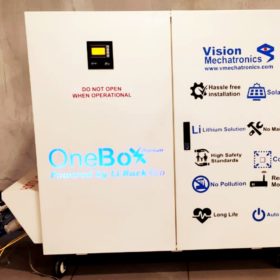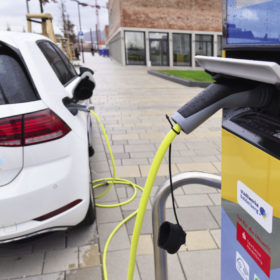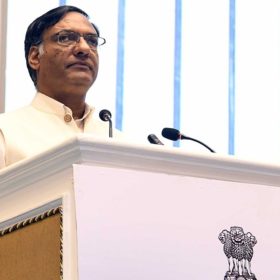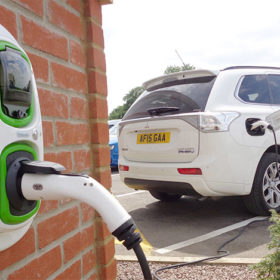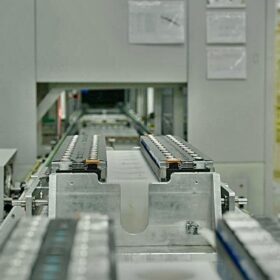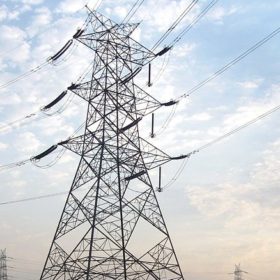Lithium-ion storage is here to stay
A German-Israeli research group has gathered for three days to discuss which storage technologies may outperform lithium-ion batteries in the future. They concluded that there is no such a thing as a “post Li‐ion” era in sight. They recommended a “side‐by‐side” approach for multiple technologies in different applications, as well as the hybridization of technologies. The group highlighted the strong potential of redox flow storage, which in their view may outperform Li‐ion, although only for stationary applications.
Low-cost bio-inspired electrocatalyst for rechargeable metal-air battery
Indian scientists have developed a low-cost electrocatalyst based on iron, manganese and N-doped carbon derived from fish gills (Fe/Mn/N-FGC) that increased the performance of a homemade rechargeable zinc-air battery when used as the air cathode. The Fe/Mn/N-FGC cathode based battery achieved open-circuit voltage of 1.41 V and a large power density of 220 mW/cm2 at 260 mA/cm2 current density—compared to commercial platinum/carbon based battery’s 1.40 V and 158 mW/cm2—with almost stable charge-discharge voltage plateaus at high current density.
Europe’s Wamtechnik, ION Energy partner to enable electric excavator
The European Li-ion battery manufacturer has partnered with the Mumbai based battery management system provider on the design and deployment of an electric excavator that would operate in subzero temperatures (below -20°C).
Cheaper flow batteries with new membrane
US scientists claim to have discovered a membrane which could lead to cheaper large scale flow batteries. The material is an ion-selective, aqueous-compatible polymer with intrinsic microporosity known as AquaPIM and is said to have tunable thickness and high conductivity in aqueous electrolytes.
Speeding up energy storage with pseudocapacitors
Scientists at Germany’s Helmholtz Zentrum Berlin have made a discovery they say could greatly increase the energy storage capacity of titanium-based ‘MXene’ pseudocapacitors, ultimately leading to faster-charging batteries. The group found adding urea molecules between MXene layers increased the material’s storage capacity by up to 56%.
A plug-and-play solar-powered battery back-up solution for the home
The OneBox, from Indian manufacturer Vision Mechatronics, consists of a lithium battery, hybrid inverter and solar charge controller to give a hassle-free solution for electricity back-up during power outages. Solar rooftop owners are offered a grid feed feature to maximize net metering income from any excess power generated.
US based Triton Solar buys stake in startup Ushva Clean, JV to launch electric car
Leveraging Triton Solar’s battery technology and Ushva’s experienced team from IIT Bombay, the strategic alliance aims to develop one-of-a-kind car with the longest travel range on a single charge and unique user experience.
India’s future energy options all add up to coal, agree the experts
Panellists including a government representative and a member of the chief policy thinktank used by Narendra Modi agreed coal will continue as the staple source of Indian power into the mid century and technology should be employed to ‘clean’ it.
Energy Storage: Top 5 Li-ion battery trends to watch out for
The Internet of Things, cloud analytics and artificial intelligence will find their way into battery management too, enabling OEMs to precisely measure and improve the life of their deployed assets. Lower battery costs and increased adoption in high-power commercial electric vehicles and grid support are the other trends shaping the market.
UK University to help design EV batteries for Indian climate
The university researchers will provide expertise in the operation and management of lithium-ion batteries, environmental test facilities for battery modules and advanced battery analysis techniques.
